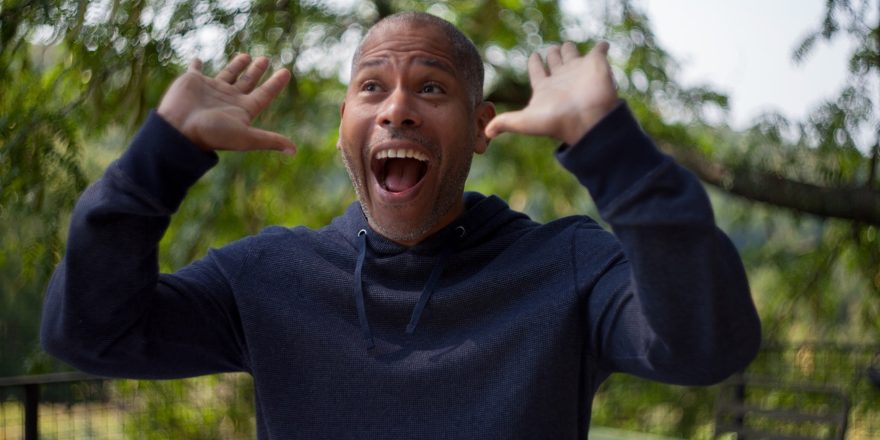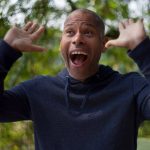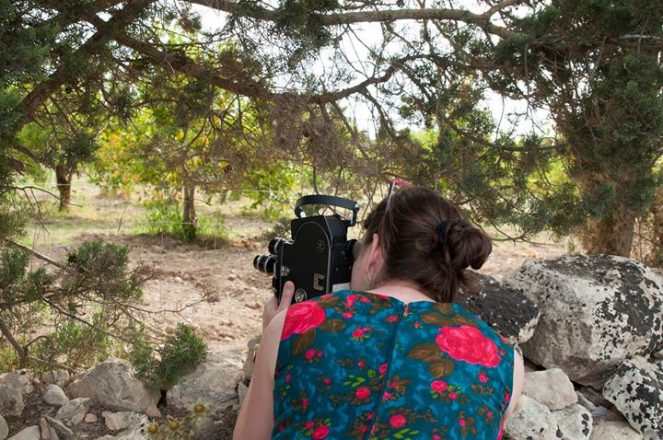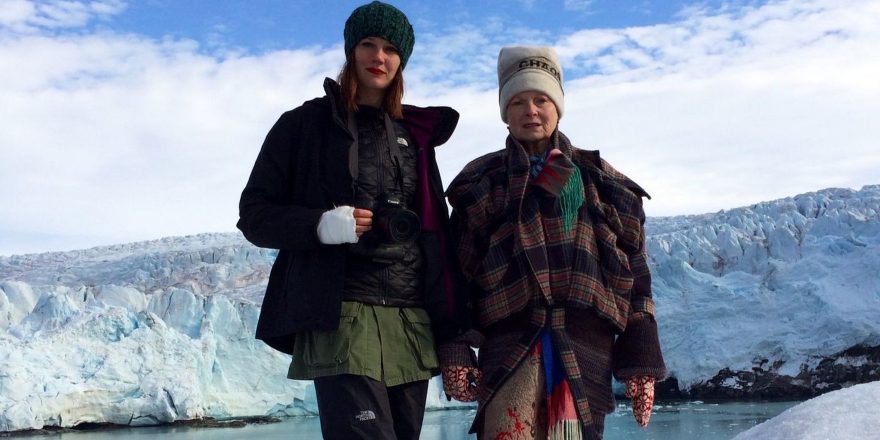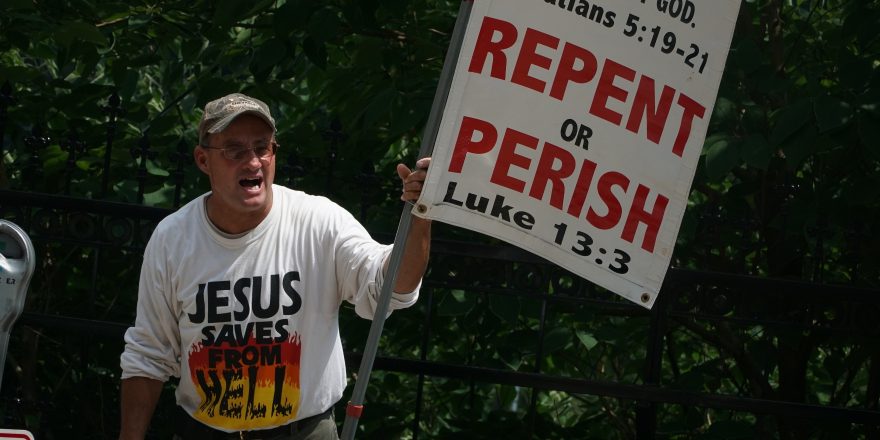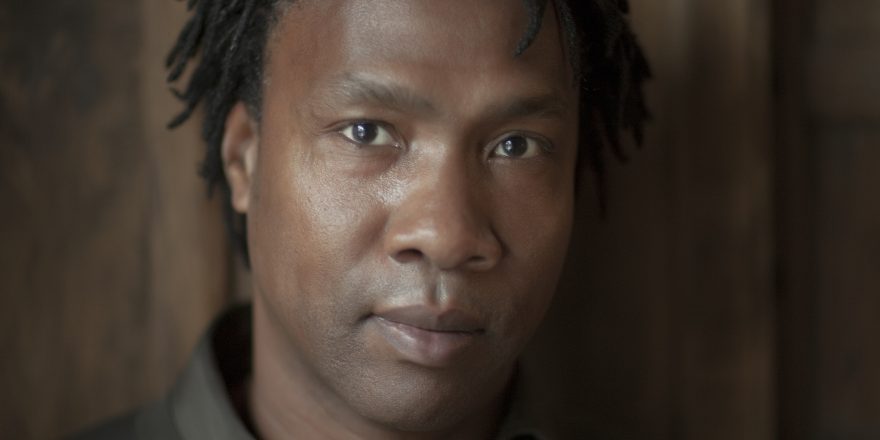I came to filmmaking kinda late in life because I tend to learn life lessons the hard way. For instance, my first love was music. As a kid, I had a good voice and a knack for creating songs. It’s a natural instinct I carry to this day, but at the time, the instinct failed to manifest itself in learning how to play an instrument or master music theory. That didn’t stop me from believing that one day I’d become the next Michael Jackson, the next Prince, the next Jam & Lewis, or the next Nile Rodgers. While other budding rock stars were practicing or performing in no-name clubs, I was dropping out of college, waiting tables in Boston, then Miami, snorting bad coke, lusting after guys I would never get, and waiting on outside forces to turn my dreams into reality. Then one day it hit me that although I was working towards my goal, the problem was that I didn’t understand what it would take to achieve it. Couple that with the kicker – that the train had probably already left the station – and it led me to a big life decision: stop unsuccessfully pursuing a career in music and start living life on life’s terms. It only took the first 29 years of my life to figure that one out.
Distance between the hard way and the right way started to shrink. I made my way to New York City, pre 9/11, and landed a casting gig at a major publication. I finished a bachelor’s degree at Fashion Institute of Technology (FIT). When I found out I could edit video on a computer (Final Cut Pro 2), I thought back to my music days when I’d spent a good deal of money on studio time to perfect marginal songs that went nowhere. Now, though, I realized if I bought a computer and software, I could practice editing in my bedroom and be as lame an editor as I wanted to be, but over time I might get better. And that’s what happened. As the second Bush presidency turned into the Obama years (amen!) cheesy wedding videos gave way to no-budget indie films, which led to advertising, corporate gigs and health insurance. I made loads of technical, creative and interpersonal mistakes along the way: Why can’t I hear audio on this clip? Is there any way to make Botox injection training videos interesting? When are notes not personal? But getting to the other side of things in my own way meant that whatever lessons I learned eventually stuck.
With my new film This One’s for the Ladies, all of that practical experience allowed me to do something I wasn’t able to do before – deliver on my instincts. When confronted with the choice of trying to make a stripper reality TV show that no network would’ve picked up (like those marginal songs that went nowhere) or a documentary that would give me the freedom to explore issues important to me, I chose the documentary. The basic idea – that the underground world of exotic male dancing could be a gateway into wider discussions about female desire, sexuality, race, class, sisterhood and family from a black perspective – was the story I wanted to tell. Thanks to the road I had walked and the years of seasoning that came with the journey, I wasn’t concerned about where the audio was, if a clip was in focus or whether people would be offended by an erect penis. For the first time, I was free to concentrate on stories, on pacing, on crafting a movie that made sense to me and wouldn’t waste 82 minutes of someone’s time.
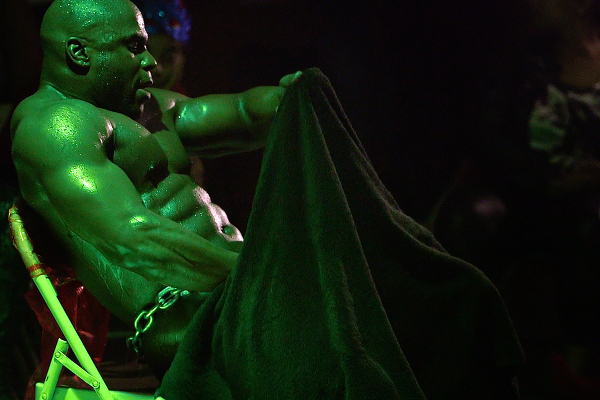
I listened hard to Tygar and Raw Dawg talk about growing up in 1980s Newark, New Jersey, and how they helped their mother beat crack addiction. Thanks to her relentless honesty, I heard Michele, the only white lady in This One’s for the Ladies, shed a unique light on race and outsider status. For me, lesbian dom dancer Blaze destroying a room full of “straight” women called into question the stereotype that black communities are universally homophobic. They’re not. Sexual fluidity and a willingness to accept it is alive and well in communities of color all across America. Finally, when I heard Young Rider talk about how stripping gives him a sense of control, I thought about how this country treats black and brown people. Towards the end of the movie, only after we’ve heard (and seen) the hilariously outrageous and gut-wrenching world of working-class black folks, Young Rider says, “When I’m entertaining, I’m in control. What I say goes. What I want to happen, happens. That’s my outlet. That’s my own therapy for myself. To feel like, when I’m doing this … there’s no wrong.” Rider, along with all the other subjects in the movie, do what black and brown folks in this country have always done – create community where they can do and be themselves, a safe space where “there’s no wrong.” In sharing their truth, all these people spoke for me and, I suspect, lots of black folks, lots of gays, and lots of women from all backgrounds.
Tell me how to do something and there’s a good chance I’ll probably fuck it up before finally getting it right. Luckily with This One’s for the Ladies, I was ready to make and deliver a movie I hadn’t seen before. I’d like to think the next one will be easier, that the money will come pouring in, that I’ll ace every meeting – if I get them. Thankfully, age has yet to dull the dream. But something tells me I’ve got a few more things to learn the hard way.



